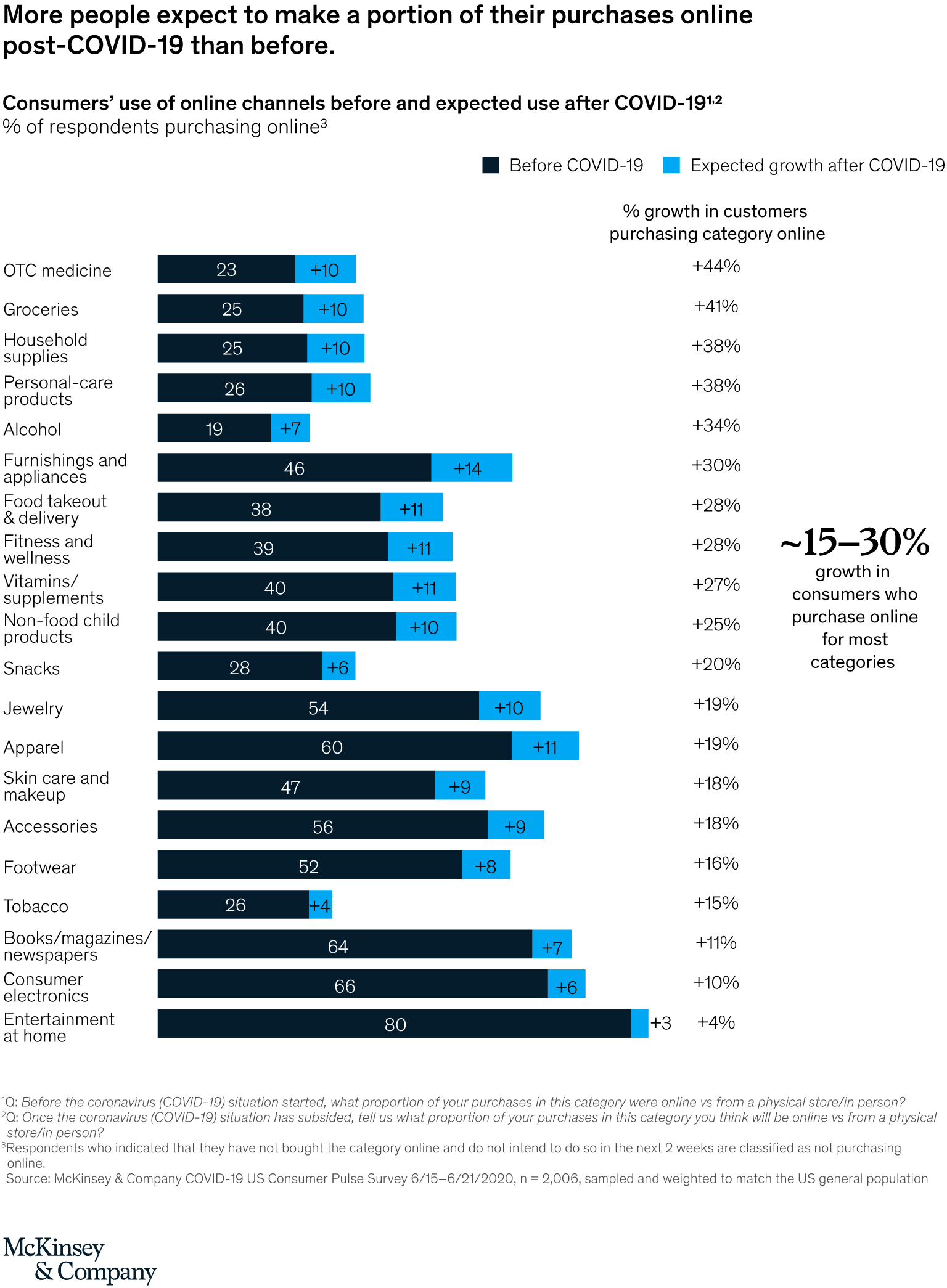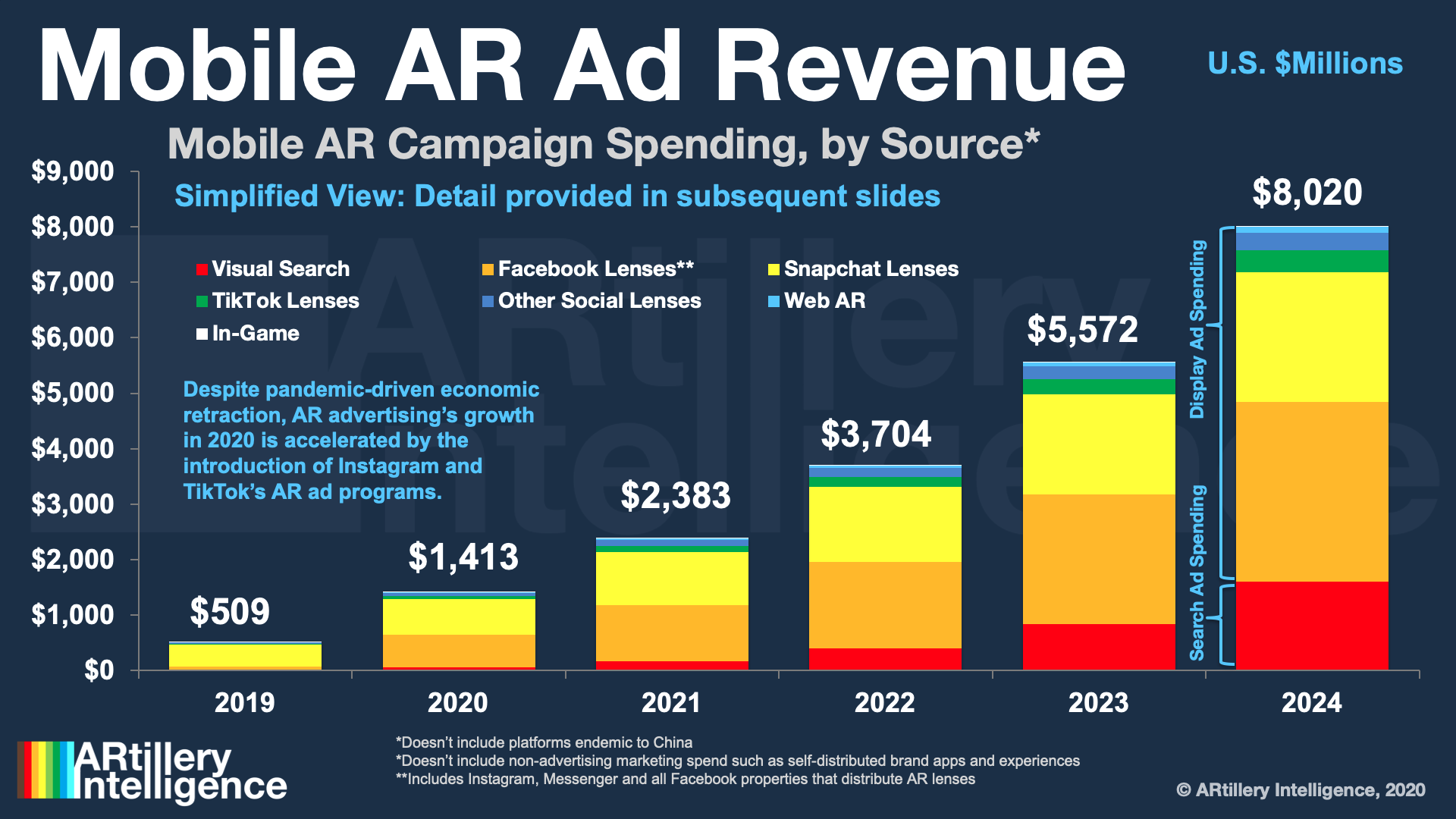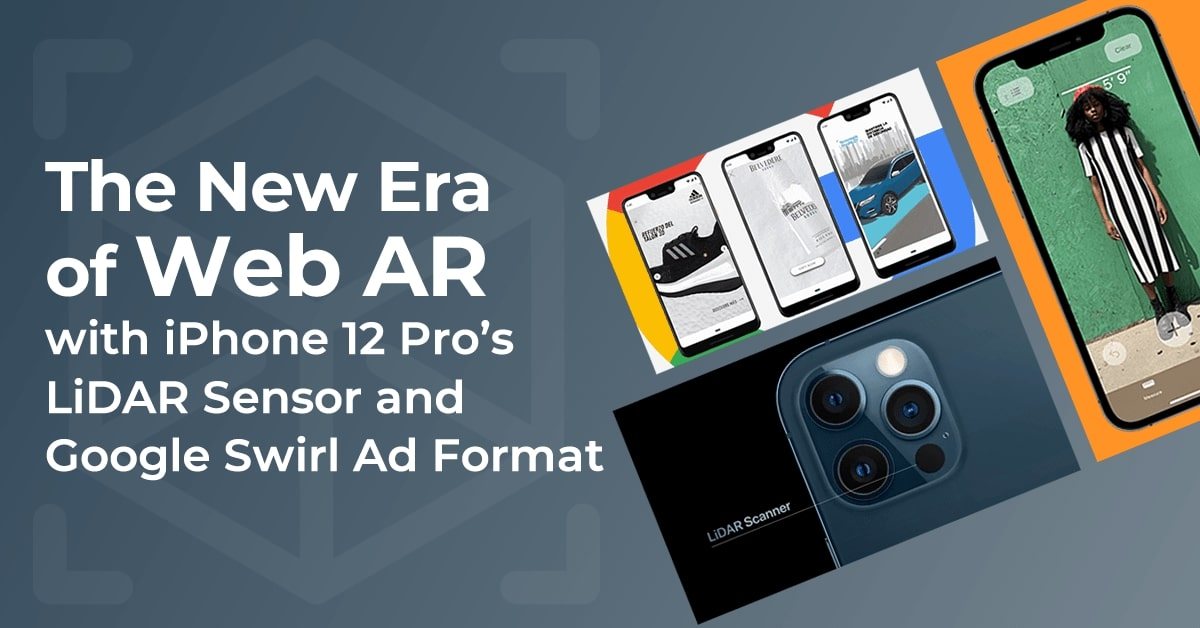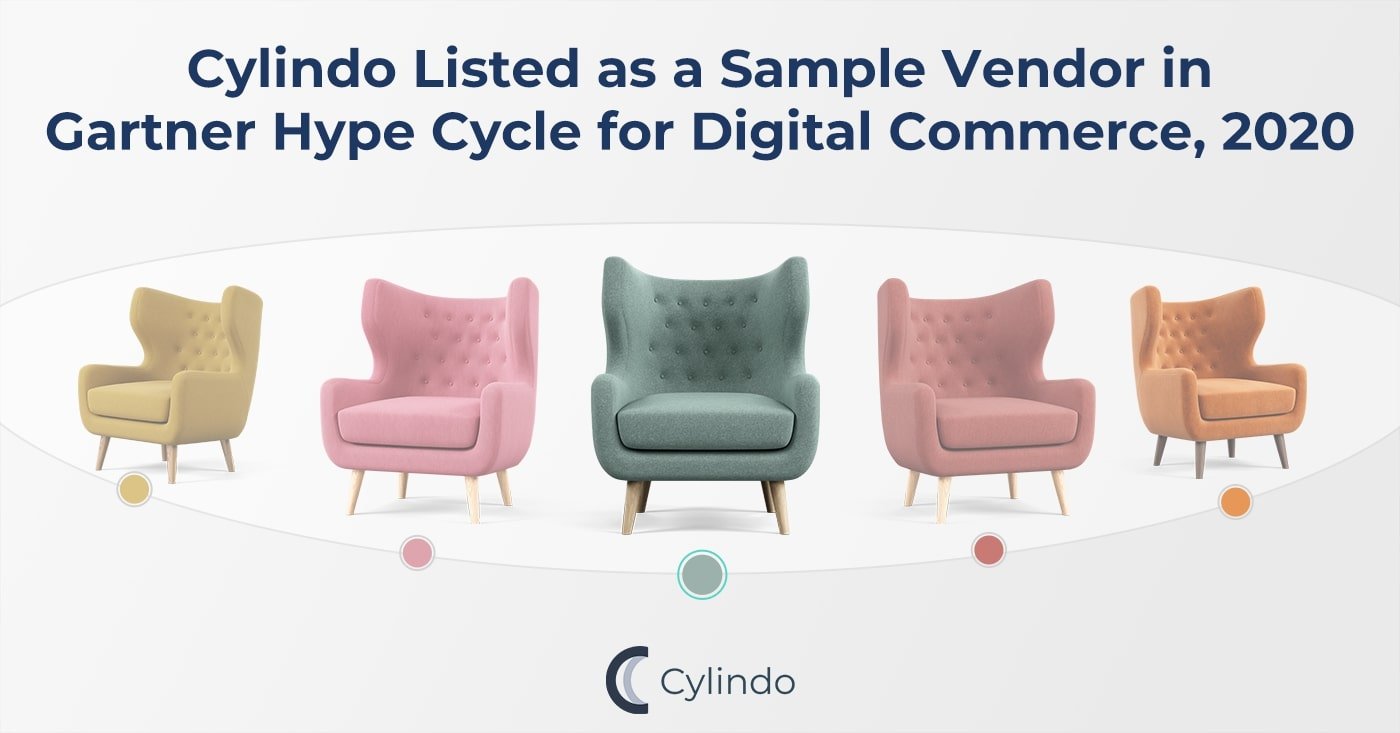Long gone are the days when augmented reality (AR) was used only as a marketing gimmick. With the latest technological advancements, web AR is on the way to becoming an inevitable part of our lives, especially when it comes to product visualization and online shopping.
In this article, we talk about the two major updates from two of the biggest tech giants, Apple and Google, that will accelerate the widespread adoption of augmented reality and influence furniture companies.
Before diving into the updates, let’s take a look at the importance of augmented reality, especially for furniture businesses.
The Impact of Augmented Reality on Online Furniture Shopping
There's no way around it. Shopping behaviors are changing. COVID-19 had a significant impact on the e-commerce boom. When it comes to furniture, McKinsey’s data shows a 30% expected growth in customers purchasing furnishings and appliances online even after the pandemic.

Besides this, the introduction of augmented reality in the furniture industry opens up new immersive experiences for the in-home shopper. Plus, it looks like customers love engaging with AR.
According to a study from Interactions Consumer Experience Marketing:
- 61% of consumers say they prefer retailers with AR experiences
- 77% of AR users said they take advantage of it to see product differences, such as possible variations of colors and styles
- 40% would be willing to pay more for a product if they could experience it through AR.
The pandemic has accelerated the adoption of augmented reality in retail. Recent research by Commerce Next and Exponea shows that more than 20% of U.S. retailers expected to invest in AR for their company’s online store in June, up from 8% in January.
Big tech companies are well aware that consumers are constantly on the lookout for engaging digital shopping experiences that build excitement, confidence, and trust. That’s why AR is one of their top priorities when it comes to product development.
Augmented reality has completely changed furniture visualization, and it has simplified the decision-making process by helping consumers make informed decisions in the comfort of their home. The latest updates from Apple and Google will significantly influence the adoption of AR, and soon it will become an inevitable part of the buyers’ path-to-purchase, especially in the furniture industry - Jostein Pedersen, VP of Product at Cylindo
LiDAR in the iPhone 12 Pro
Remember when we talked about Apple’s new AR updates a few months ago? That’s when the Scene Geometry with LiDAR scanner was automatically enabled on the newly released iPad Pro for all apps built with ARKit, without any code changes.
Now, however, with the release of the iPhone 12 Pro, which is equipped with LiDAR, there’s a big chance that augmented reality will go mainstream.
The LiDAR Scanner on iPhone 12 Pro measures how long it takes light to reflect back from objects, so it can create a depth map of any space you’re in.
What is LiDAR?
LiDAR stands for light detection and ranging, and it’s used to measure distances and depth. Besides the fact that this sensor will significantly improve Apple’s iPhone 12 Pro camera, the reason why everyone is thrilled about it is the potential to revolutionize AR.
Now, the question is, why is LiDAR so important, and what it means for the furniture industry?
The advanced LiDAR scanner enables instant AR placement, so there is no need to scan the space, which was formerly the case. Because it’s ultrafast and accurate, AR can now show you exactly how a new sofa will fit your room.
Knowing that we live in an instant gratification world, every technology that can deliver a fast and engaging experience has the ability to disrupt the industry and lead to mass adopting.
The combination of LiDAR and web-native augmented reality is a match made in heaven.
Giving users the ability to visualize furniture in the comfort of their homes without downloading a mobile app and, at the same time, enjoy an instant placement with the LiDAR technology will help you engage customers and bring them closer to the add-to-cart button.
Google Swirl Ad Format
In July 2020, Google announced the official release of its Swirl ad format, which was available for limited beta users over a year ago.
With Swirl’s introduction, Google wanted to future-proof their advertising, similar to how other tech giants like Facebook, TikTok, and Snapchat continue to double-down on their investments to enable pleasant AR experiences.

What is Google Swirl Ad?
3D Swirl is an immersive display format with an interactive 3D model that lets consumers engage with a product by rotating, zooming, and expanding the creative in the ad.
Brands use Google Swirl to showcase product features, build brand awareness, and engage consumers.
Now, you’re probably wondering, what does Google Swirl ad format mean for the furniture industry?
First and foremost, it means that with Google Swirl, your 3D visuals can go beyond your product page. Now you have the opportunity to unlock the full potential of your 3D visuals and offer consumers an immersive 3D experience even before they land on your product page.
According to Google, their previous beta users of 3D ads have witnessed 3-8 times higher engagement rate, 4.9 times more purchase-intent, and 2.8 times greater ROI.
Ready to Future-Proof Your Furniture Business With AR?
Looking back more than ten years ago, when Apple launched its smartphone, even though it wasn’t the first smartphone on the market, it was for sure the forerunner of the mobile revolution.
Now, with their constant advancements and investments in augmented reality, we can expect mass adoption of this technology.
On the other hand, we have Google that went from a 10-blue-links search engine to the most popular tech company that has changed the way customers think, search, and behave.
If AR wasn’t on your roadmap for the near future, maybe it’s time to rethink your strategy and focus on technologies that will future-proof your business and prepare you for the new era of furniture e-commerce.
AR in furniture is probably the closest to magic we’ve seen this decade. If you’re curious to discover what it can mean for your company, let’s talk.




